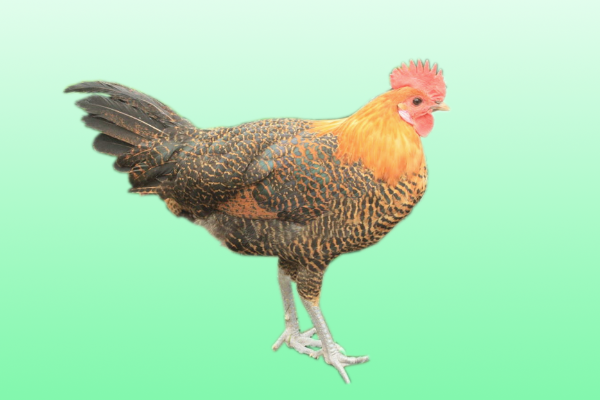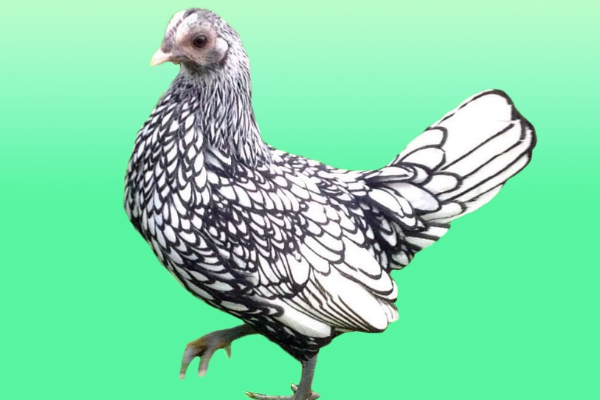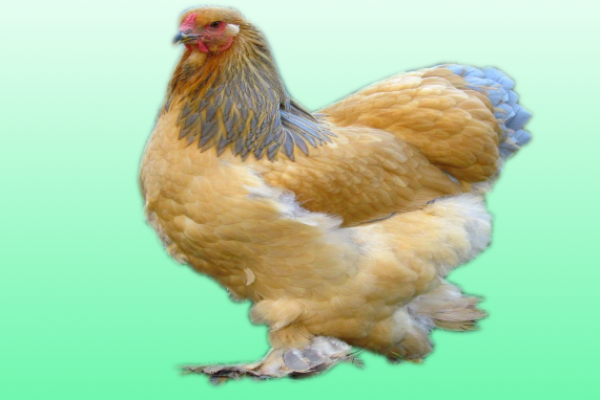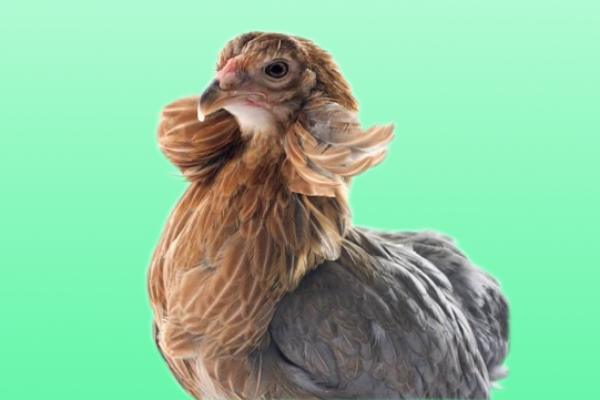Actinobacillosis (Wooden Tongue)

Actinobacillus lignieresi may cause lesions in the tongue, pharynx and its associated glands and in the stomach of cattle. Those in the tongue give rise to the syndrome "wooden tongue" in which inappetence and interference with swallowing occur.
INCIDENCE Occurs sporadically, although several cases may occur on one farm in one year.
CLINICAL SIGN It often appears to be of sudden onset, the affected animal has difficulty in swallowing and may be anorexic, excessive salivation is often seen. Swelling may be present under the jaw, particularly if the local lymph nodes are involved. Examination of the tongue is resented but if carried out, the base of the tongue is found to be thickened and fibrous.
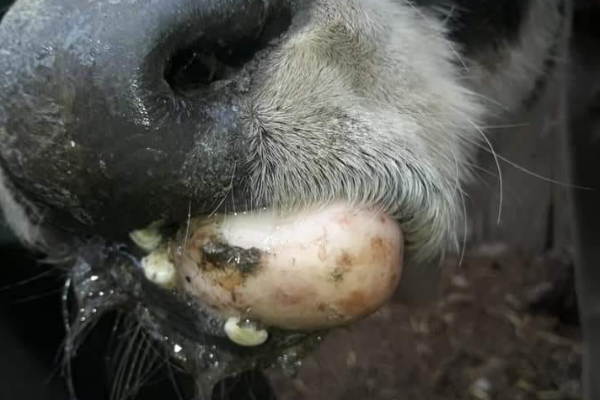
If inspection is possible, small discharging ulcers or swellings may be seen along the sides of the tongue. In chronic cases the tongue is shrunken and immobile and marked loss of condition occurs. In chronic cases lymph nodes may rupture to discharge thin yellowish pus. Ulcers and nodules discharging pus have been recorded on the skin and infection within the rumen may give rise to abdominal pain or ruminal tympany.
EPIDEMIOLOGY As A.lignieresi is part of the normal flora of the bovine body the initiating factor of the infection is important. Rough grasses, twigs or barley stalks may initiate the disease. Transmission to other cattle may occur if discharges from wounds contaminate pasture.
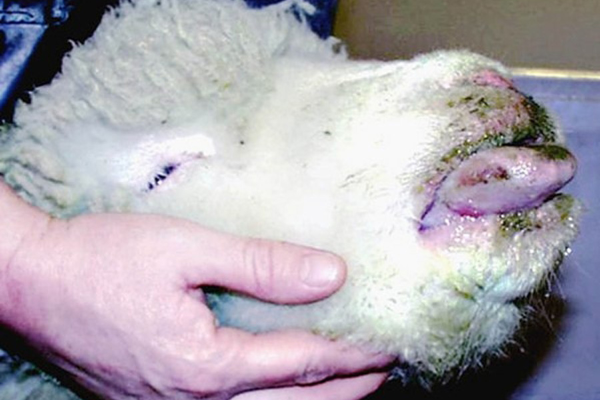
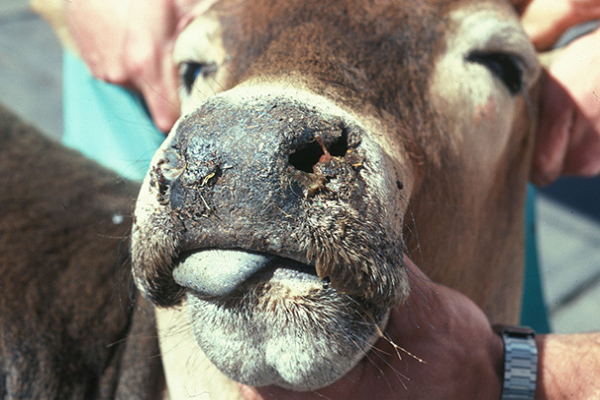
DIAGNOSIS The clinical signs are fairly distinctive, but examination for foreign bodies and other causes of excessive salivation should be carried out. The cervical lymphadenitis is more difficult to differentiate, especially from other bacterial infections of these lymph nodes.
TREATMENT Sodium iodide, sulphonamides e.g. sulphadimidine sodium, penicillin, streptomycin and tetracyclines can also be used and maybe more convenient, particularly in non-lactating animals. Five daily, intramuscular, doses of streptomycin is probably the commonest and most effective treatment. CONTROL Isolate animals with discharging lesions in order to prevent the contamination of feed with the discharges.

Written by
H Cetin KATIRCI
Online ShepherdBreedsMore
IllnessesMore
Forage cropsMore
![]() Патологическая физиология голодания Arina TARAN
Патологическая физиология голодания Arina TARAN![]() Дефицит фосфора (гипофосфатемия) Hipofosfatemi Arina TARAN
Дефицит фосфора (гипофосфатемия) Hipofosfatemi Arina TARAN![]() Какие бывают кормораздатчики для ферм КРС? Irina Makarova
Какие бывают кормораздатчики для ферм КРС? Irina Makarova![]() Кормушки для овец Diana Myakisheva
Кормушки для овец Diana Myakisheva![]() Питание домашних коз: что едят, виды корма и правила кормления Alina Arslantürk
Питание домашних коз: что едят, виды корма и правила кормления Alina Arslantürk![]() Важность минералов питании сельскохозяйственных животных Irina Makarova
Важность минералов питании сельскохозяйственных животных Irina Makarova



